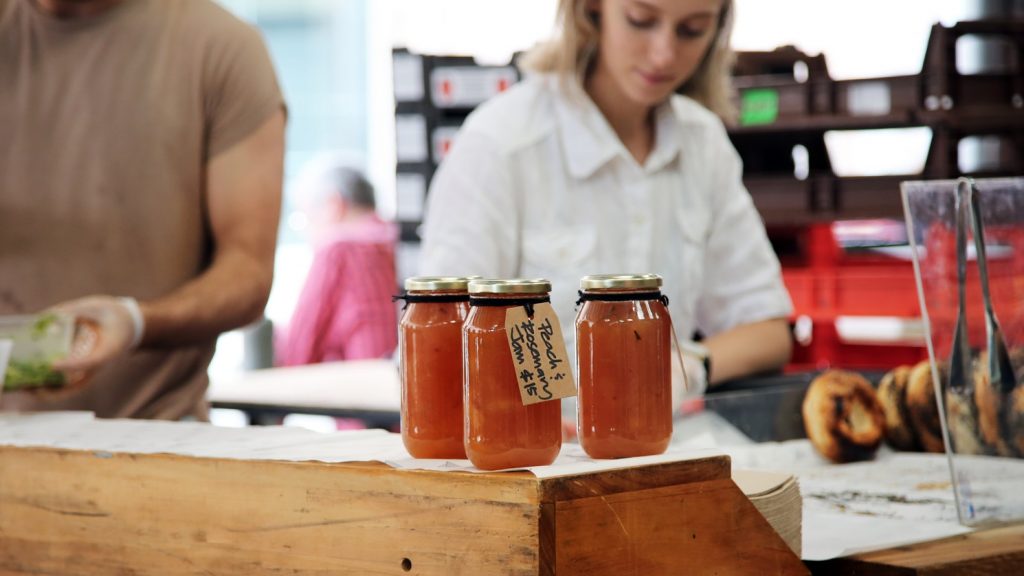Beauty standards are skin deep in the food industry. Here’s how to embrace physical imperfections and reduce food waste.
For every five grocery bags of food bought each week, one will be tossed in the bin.
According to FoodWise, we throw away up to 20 per cent of the food we buy, with the Australian Government estimating the waste costs the economy $20 billion each year.
That’s $3800 worth of groceries per household. And these are only the statistics of the good looking food. Up to 40 per cent of fresh fruit and vegetables —dubbed “ugly food” — is rejected before reaching supermarket shelves due to stringent regulations and cosmetic standards.
It’s an ugly situation for the environment, too, with the water, energy and resources put into growing and transporting the food also wasted. It takes about 1600 litres of water to grow one kilo of wheat in Australia, according to the IHE Delft Institute for Water Education, which is a devastating waste if the finished product isn’t consumed. And, as a final blow, once the rotting food is in landfill, it gives off harmful greenhouse gases.
To help consumers discover that “ugly” produce is just as beautiful on the inside, businesses and community groups are coming up with clever ways to embrace rejected food and help the environment.
Take the tasty selection of “imperfect picks” from the HarrisFarm grocery chain in New South Wales, for example, and the “unruly box” of oddments delivered from Food Connect in Brisbane. The latter go the extra mile by staying within a 400km delivery radius to reduce the impact on the environment.
An accessible option country-wide is The Odd Bunch at Woolworths, where a collection of fresh produce that doesn’t always look perfect but tastes the same is available at a cheaper price.
Keep an eye out for micro rescue missions from small businesses such as Eat MeChutneys in Sydney, who take “squishy, wonky, bruised or simply unsold fruits and vegetables” and convert them into rescued chutneys.
Packaging and plastics
Taking your own shopping bags and refilling goods in reusable containers are only two of the ways to be an environmentally conscious shopper. Here’s some other strategies.
– Download new app Y Waste to find retailers selling their surplus stock. You’ll not only have access to discounted prices, you’ll also be helping to cut down on waste.
– Plastic Free July runs once a year but you can sign up anytime. The challenge encourages avoiding single use plastics and switching to more sustainable alternatives. Little ones can join in withPlastic Free Bingo, a simple and free downloadable game encouraging small but immediate changes.
– Create a waste-free pantry. Reduce the clutter so you can see what you need, transfer food into reusable containers for easy access and begin to collect jars for future storage.
– Buy in bulk. Stock up on larger-sized supplies such as bags of rice, toiletries and cleaning products. Avoid buying individual snack-sized boxes or bags for convenience, instead opting for reusable silicone or paper bags.




